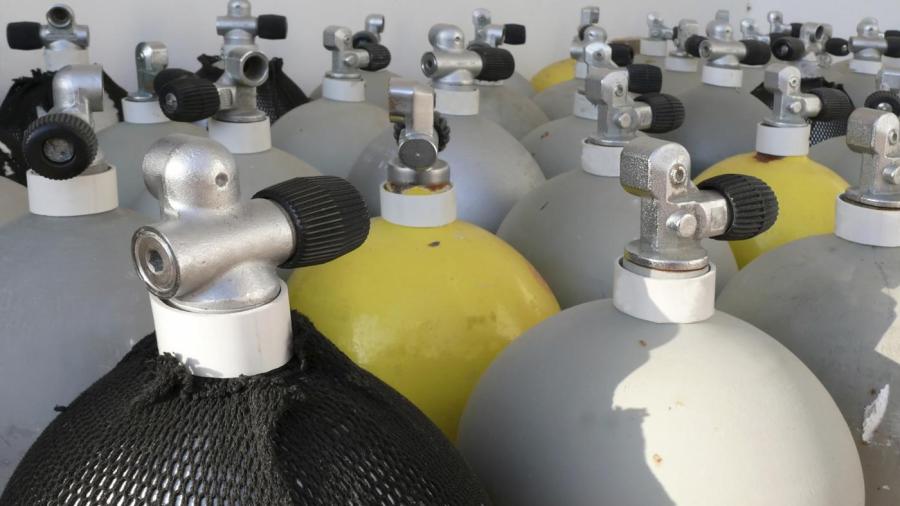How Do You Separate Nitrogen and Oxygen?

There are several ways of separating nitrogen and oxygen. The first involves cooling the mixture down to -200 degrees Celsius and separating the gases using a process called fractional distillation. Alternatively, the gases can be cooled down to -182.95 C, the liquefaction point of oxygen. At this temperature, the oxygen in the mixture gets liquefied, while the nitrogen remains in its gaseous form, because nitrogen liquefies at -196 C.
Oxygen and nitrogen are the two most abundant gases in the atmosphere and constitute 21 percent and 78 percent of the atmosphere respectively. Both gases have important uses in industry and medicine. To produce either by fractional distillation, it is necessary to first separate the other trace gases from the air by filtering it to remove dust before cooling it in stages until it reaches -200 C.
Water vapor condenses first and can be removed using absorbent filters. Carbon dioxide freezes at -79 C and is removed. Oxygen liquefies at -183 C, while nitrogen liquefies at -196 C. The liquid mixture is then passed into the bottom of a fractionating column. The liquid nitrogen boils first, rises to the top of the column and is piped off for storage, while oxygen settles at the bottom.
Another method involves forcing air through polymer membranes shaped like hair-thin hollow tubes. Oxygen passes through these membranes faster than nitrogen. The air coming into these tubes gradually becomes poorer in oxygen and richer in nitrogen.





